Power Plant Grinding Ball Requirements
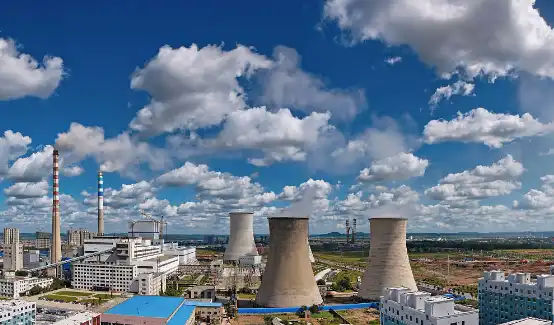
In the realm of power plants, the quest for optimal performance is unending. Every cog and gear within the intricate machinery plays a pivotal role in ensuring efficiency and reliability. Among these components, grinding balls stand out as crucial elements in the process of pulverizing coal to power turbines. As a professional in the field, I have delved deep into understanding the intricate requirements surrounding power plant grinding balls. In this comprehensive guide, I will elucidate the essential criteria, materials, and considerations necessary for these vital components.
What Are Forged Grinding Balls?
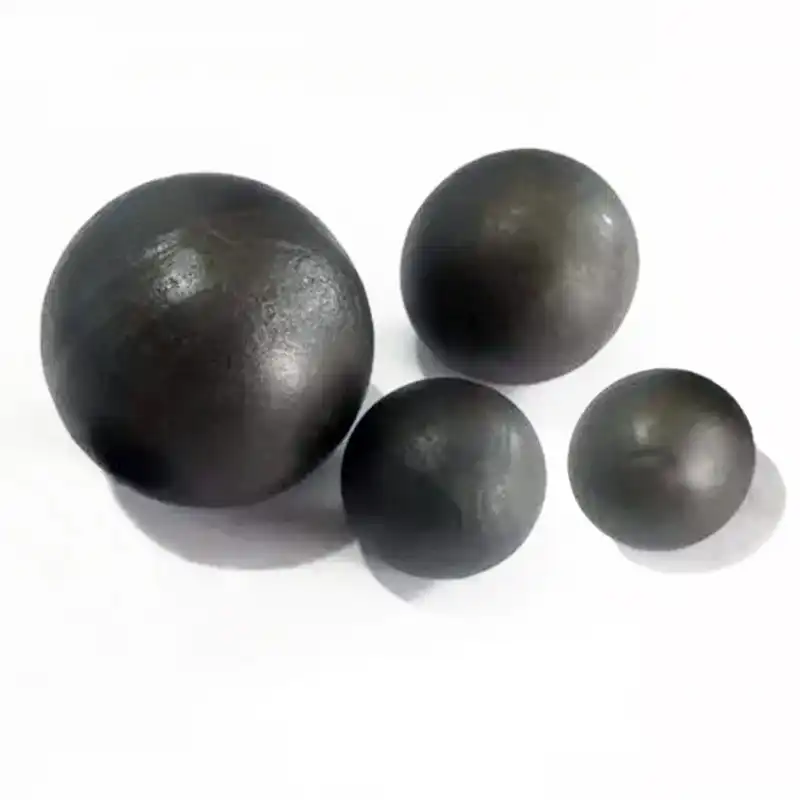
In numerous industries where material comminution is required, Grinding Ball are essential. These balls are necessary for breaking down larger pieces into smaller ones, facilitating further processing and ensuring optimal efficiency in mining, cement, and other processing industries. Their assembling interaction and material creation fundamentally influence their presentation and life span. This article investigates the universe of fashioned crushing balls, diving into their creation, properties, and applications.
What are the common failure modes of grinding balls?
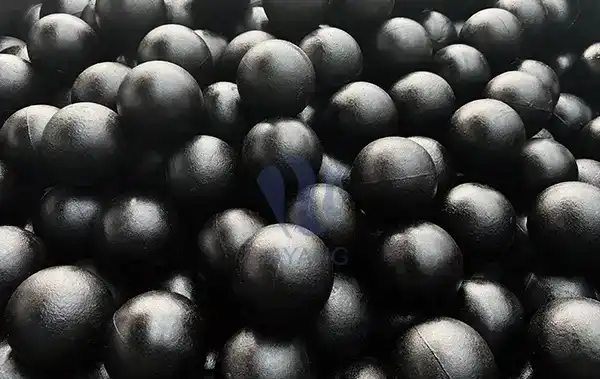
Grinding balls are indispensable tools used in industries ranging from mining to construction, where they play a crucial role in breaking down materials into smaller particles for further processing. However, the reliability and performance of grinding balls can be compromised by various failure modes. In this article, we delve into the primary reasons why grinding balls fail, explore how these failures impact grinding efficiency, and discuss the importance of quality control in mitigating such issues.
When Should You Replace High Chrome Grinding Balls?
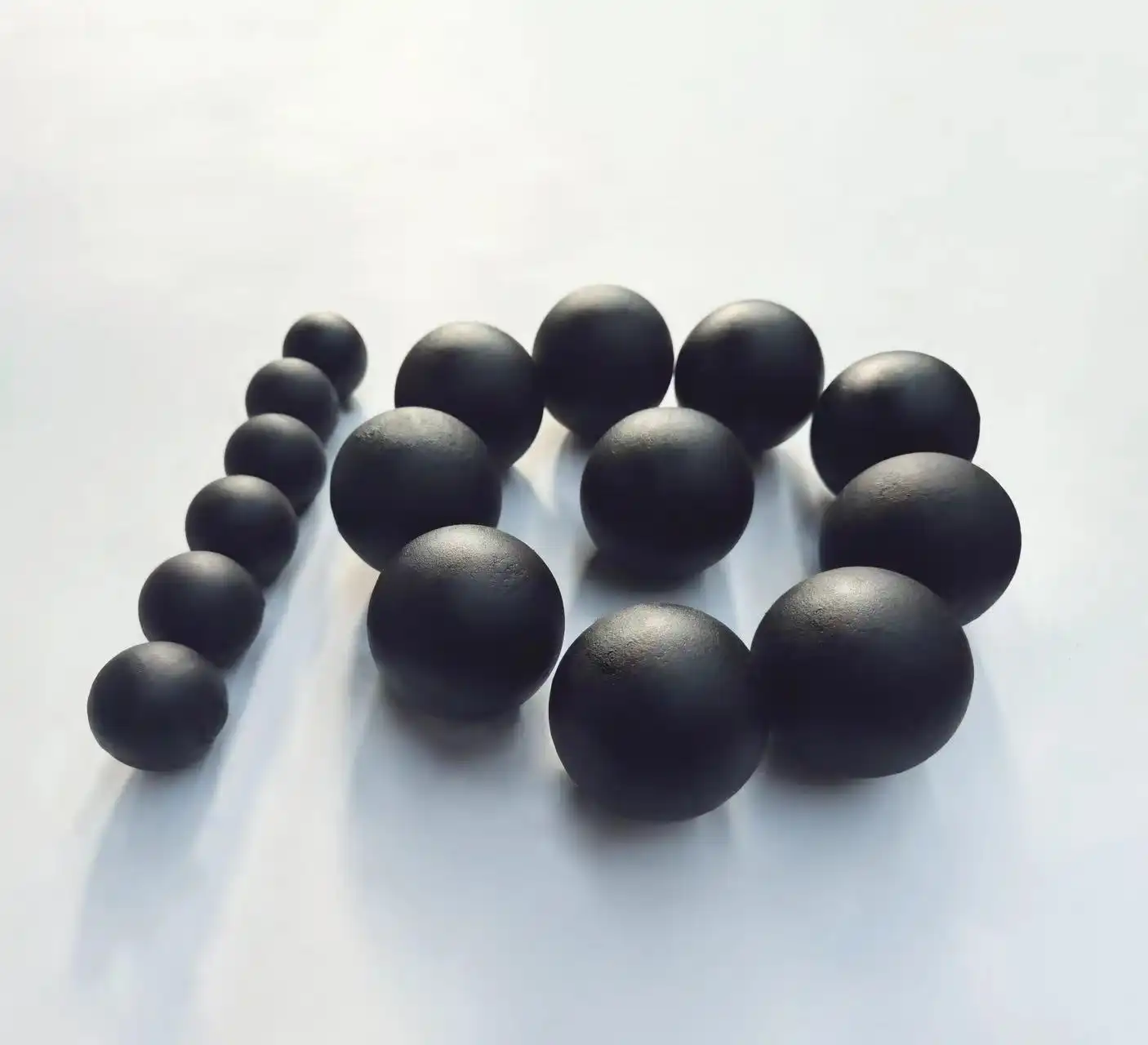
In the world of industrial grinding, the choice of grinding media can significantly impact operational efficiency and cost-effectiveness. High chrome grinding balls have emerged as a popular option for many industries, but the question remains: are they truly worth the investment? This article delves into the benefits, applications, and considerations surrounding it to help you make an informed decision for your grinding needs.
The Role of Casting Grinding Balls in Improving Product Quality and Reducing Costs
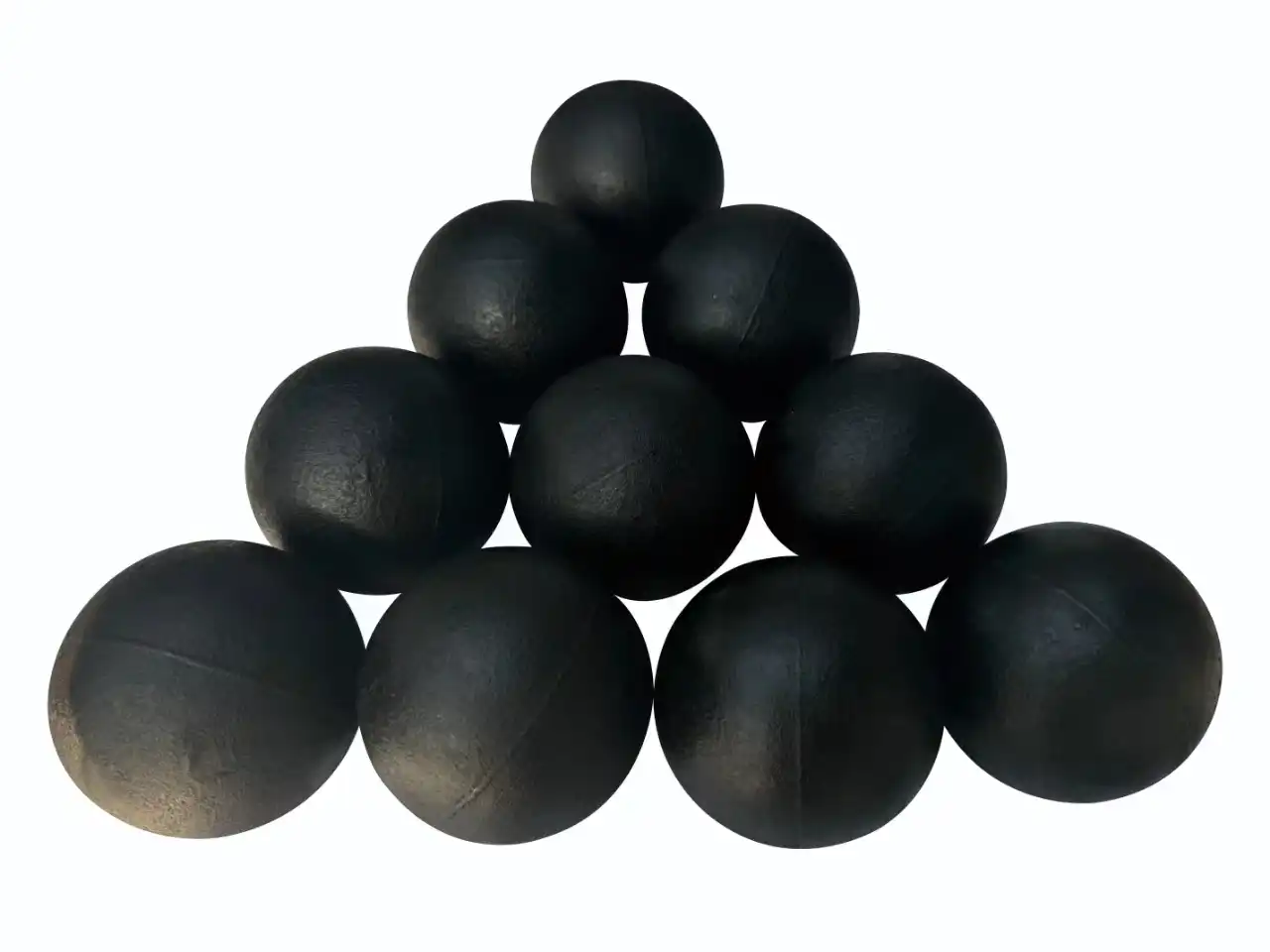
In today's competitive industrial landscape, manufacturers are constantly seeking ways to enhance product quality while simultaneously reducing production costs. One often overlooked but crucial element in this pursuit is the choice of grinding media, specifically casting grinding balls. These unassuming spheres play a pivotal role in various industries, from cement production to mineral processing, and their impact on both product quality and operational expenses is significant.
What factors affect the wear resistance of high chrome steel grinding media balls?
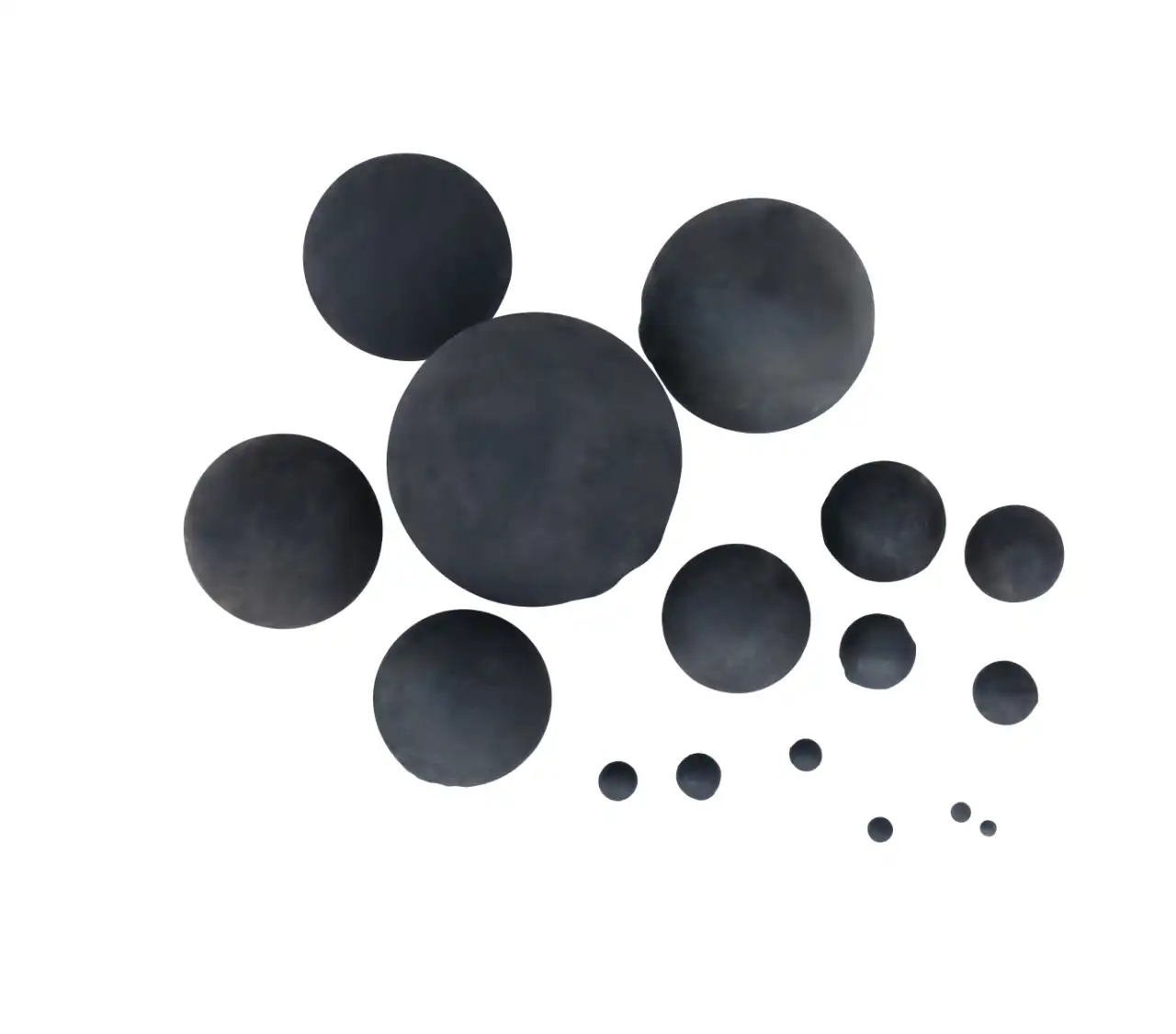
High chrome steel grinding media balls play a crucial role in various industries, including cement production, mining, and power generation. Their wear resistance is a key factor in determining their efficiency and longevity. Understanding the factors that influence the wear resistance of these grinding balls is essential for optimizing their performance and reducing operational costs. In this article, we'll explore the primary factors that affect the wear resistance of high chrome steel grinding media balls.
How Grinding Media Steel Balls Enhance Efficiency
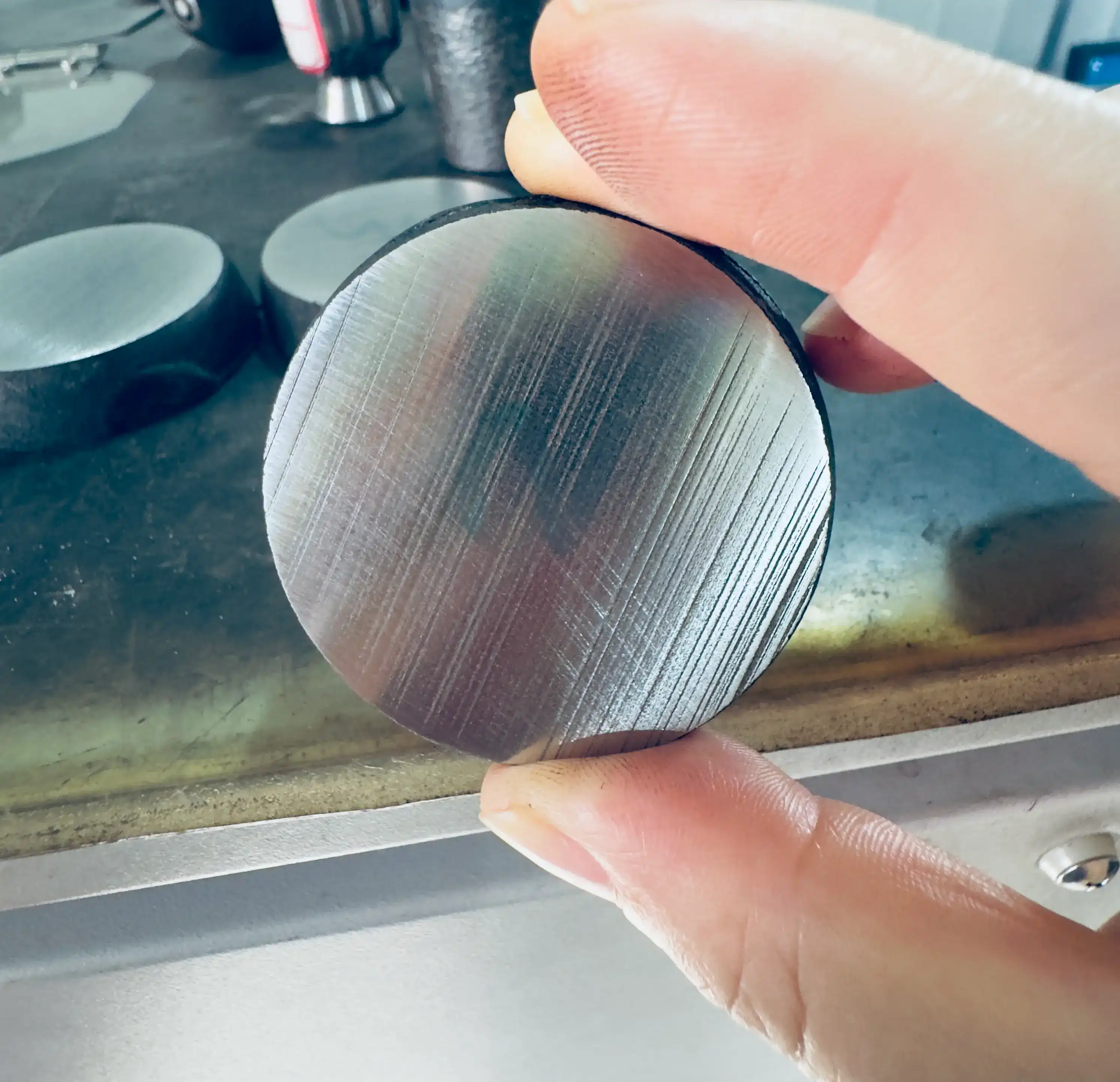
In the world of industrial grinding processes, efficiency is paramount. One of the key components that can significantly impact the effectiveness of grinding operations is the choice of grinding media. Among the various options available, grinding media steel balls have emerged as a popular and highly efficient solution. This article delves into the ways these steel balls enhance efficiency in grinding processes across multiple industries.
High chrome grinding media balls: Cost vs. Value

In the world of industrial grinding, high chrome grinding media balls have become a topic of significant interest. These specialized grinding media, known for their durability and efficiency, are increasingly used across various industries. But as with any investment, it's crucial to weigh the cost against the value they provide. This article delves into the intricacies of high chrome grinding media balls, exploring their benefits, alternatives, and how to make the best choice for your business.
How do different grinding media materials handle extreme pH environments?

In the world of industrial grinding, the choice of grinding media can significantly impact the efficiency and effectiveness of the milling process. One crucial factor to consider is how different grinding media materials perform in extreme pH environments. This article explores the behavior of various ball mill grinding media in acidic and alkaline conditions, shedding light on their durability, performance, and potential applications.
Cylpebs Grinding Media: Case Studies from Mining Operations
.webp)
Choosing the right grinding medium is crucial for mineral processing operations since it determines the efficiency and quality of the final product. The introduction of Cylpebs grinding media changed the face of many mining operations by providing a more efficient and less expensive alternative. Case studies illustrating the influence of cylpebs in different mining environments are examined in this article.
High hrome grinding media balls vs. Other Materials

In the world of industrial grinding, the choice of grinding media can significantly impact efficiency, cost-effectiveness, and overall performance. Among the various options available, high chrome grinding media balls have emerged as a popular choice for many industries. But how do they stack up against other materials? Let's delve into the world of grinding media and explore why high chrome balls are gaining traction across various sectors.
Cylpebs in Power Plant Coal Grinding: Performance Review
.webp)
Efficient and environmentally conscious electricity production is of the utmost importance in today's energy sector, where growing demand must be balanced with sustainability and reduced environmental impact. As the industry progresses, innovative solutions are continually being introduced to address these pressing challenges and improve long-term operational outcomes. By optimizing particle size distribution and improving grinding efficiency, cylpebs contribute to lower energy consumption, enhanced combustion, and more stable plant operations. This innovation also supports emissions reduction by promoting more complete fuel utilization, thereby aligning with global efforts to minimize carbon footprints. The essay highlights these benefits, focusing on the role of cylpebs grinding media in improving efficiency, cutting emissions, and delivering significant cost savings in modern coal-based power generation.









